Cuadernos de Investigación Histórica arises from the "Cisneros" History Seminar of the Fundación Universitaria Española. It has an annual periodicity and its objective is the research, study and dissemination of various themes of Universal History and the History of Spain. The usual language of expression is Spanish, and it is aimed mainly at researchers of spanish history.
Submissions
Submission Preparation Checklist
As part of the submission process, authors are required to check off their submission's compliance with all of the following items, and submissions may be returned to authors that do not adhere to these guidelines.- The author's cover is included and includes a statement of: being an original contribution, funding statement, not sending during the evaluation and publication process to other journals, confirmation of the signing authors, acceptance, if applicable, of formal changes in the manuscript according to the rules and partial transfer of rights to the Publisher.
- The text adheres to the stylistic and bibliographic requirements summarized in the Author Guidelines, which appear in About
- The title of the manuscript in Spanish is included (maximum: 80 characters).
- The title of the manuscript in English is included (maximum: 80 characters).
- A summary is included in Spanish, in a single paragraph and without epigraphs (minimum/maximum: 220/230 words).
- An abstract is included in English, in a single paragraph and without epigraphs (minimum/maximum: 200/210 words).
- The summaries in Spanish and English answer the following questions in order: justification of the topic, objectives, study methodology, results and conclusions.
- 6 keywords are included (in Spanish and English) (only simple words, no phrases or combinations of words), with the most significant terms, and if possible standardized.
- The manuscript explains and correctly cites the sources and materials used.
- Citations in the text strictly comply with APA 7 regulations, reflected in the instructions.
- The DOIs have been included in all the References that carry it with the following format: https://doi.org/XXXXXX
- The text is single-spaced; uses a 12-point font; employs italics, rather than underlining (except with URL addresses); and all illustrations, figures, and tables are placed within the text at the appropriate points, rather than at the end.
- IF YOU ARE REVIEWING A BOOK, CLICK ALL THE BOXES BUT IT IS NOT NECESSARY THAT YOU MEET THE CRITERIA INDICATED ABOVE
Copyright Notice
The Fundación Universitaria Española publishing house preserves the patrimonial rights (copyright) of published works, and encourages and allows their reuse. The works are published in the electronic edition of the journal under a license “Creative Commons Atribución/Reconocimiento-NoComercial 4.0 Licencia Pública Internacional — CC BY-NC 4.0”, and can be copied, used, disseminated, transmitted and publicly exhibited, provided that : a) the authorship and original source of its publication is cited (journal, publisher and URL of the work); b) are not used for commercial purposes; c) the existence and specifications of this license of use are mentioned.
The author / s partially transfer the property rights (copyright) of this work to the Fundación Universitaria Española (Spain) (NIF: G28433670), for the printed and online editions.
It also declares to have respected the ethical principles of research and to be free from any conflict of interest.
«C.I.H.» encourages the authors and the scientific community to the maximum promotion and dissemination of the works in their final version through:
1) Your list of contacts (emails) and social networks (Facebook, Twitter, LinkedIn ...).
2) Institutional repository of your University and public repositories (Mendeley, Cosis ...).
3) Scientific social networks (ResearchGate, Academia.edu, Kudos ...).
4) Personal or institutional website, blog, etc.
5) Google Scholar, ORCID, ResearchID, ScopusID, Dimensions, PlumX ...
6) Printed copies purchased directly and sent to specialists for reading and subsequent citation if appropriate.
For the nomination of future articles by authors of "C.I.H.", the impact of previous works will be taken into account, so that those with citation higher than the annual average of the journal will be preferred.
Privacy Statement
By means of this and in accordance with the General Data Protection Regulation regarding the protection of natural persons with regard to the processing of personal data and the free circulation of these data (RGPD), we provide you with the following detailed information on the processing of personal data:
Responsible for the treatment:
Your data will become part of a file owned by the FUNDACIÓN UNIVERSITARIA ESPAÑOLA, provided with CIF: G28433670 with address at, C / Alcalá 93, 1º planta, 28009 Madrid
Purpose of the treatment:
The data provided will only be used to manage the editorial flow process for the treatment of your article in our annual journal. The names and email addresses entered in this journal will be used exclusively for the purposes stated in it and will not be provided to third parties or for use for other purposes.
Legitimation:
The legitimacy for the collection of your data is based on your express consent, reflected through the acceptance of this clause
Recipients:
Your data will not be transferred for purposes other than those described above.
Rights:
You can exercise your rights of access, rectification, cancellation, limitation, portability and opposition to the processing of your data when certain circumstances arise, in which case they will only be kept for the fulfillment of the legally established obligations.
To exercise the aforementioned rights, you must contact the FUNDACIÓN UNIVERSITARIA ESPAÑOLA, provided with CIF: G28433670 with address at C / Alcalá 93, 1º planta .. 28009 Madrid
Similarly, we inform you that the Spanish Agency for Data Protection is the competent body for the protection of these rights.
In order to keep the data updated, the client must communicate any change that occurs on them.
Confidentiality commitment:
Similarly, in accordance with article 32 of the RGPD, regarding the duty of professional secrecy, the FUNDACIÓN UNIVERSITARIA ESPAÑOLA undertakes to keep the confidentiality of personal data, this obligation subsisting after the termination, for any reason, of the relationship between you and the FUNDACIÓN UNIVERSITARIA ESPAÑOLA

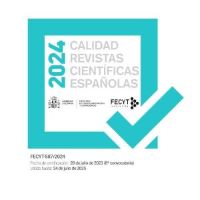




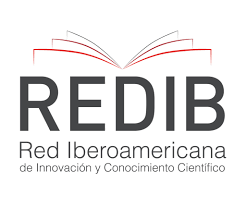
2.jpg)



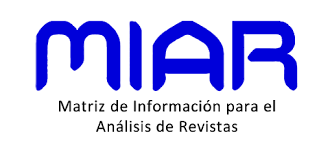



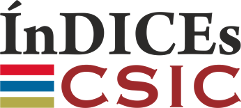



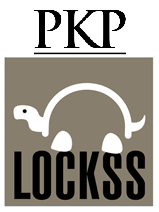
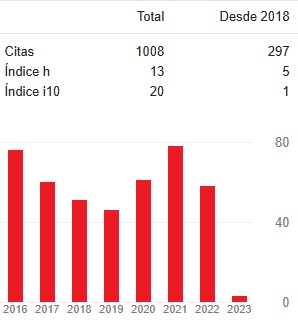



1.png)
1.png)

1.png)


.png)
.png)

.png)
1.png)
1.png)
